Giving employees opportunities to invest in company stock can be a valuable tool to recruit and retain top talent as well as create a sense of company loyalty. Companies can do this through tax-qualified retirement plans, which fall under the Employee Retirement Income Security Act of 1974 (ERISA), and through non-qualified deferred compensation plans.
Employers who choose to offer company stock in tax-qualified retirement plans need to be aware of the heightened fiduciary considerations that accompany this type of benefit. The risks related to these increased considerations are highlighted by the number of lawsuits that have arisen related to company stock in qualified retirement plans. These lawsuits have accused plan sponsors of a host of violations, including failing to disclose adverse information about the company’s stock, misleading participants through company communications, and failing to address inherent conflicts of interest.
Best Practices When Offering Company Stock Through Qualified Plans
Because they are governed by ERISA, qualified plans must be designed and managed for one overarching goal: to provide a secure retirement for participants. ERISA requires that plan fiduciaries must act solely in the interests of the plan and its participants, act prudently and exercise the skill and diligence of a reasonably prudent person under like circumstances, ensure the plan is diversified appropriately, and follow the terms of the plan documents.
Including company stock in an ERISA retirement plan creates some additional challenges and considerations when it comes to fulfilling these duties.
Best practices that plan sponsors should follow to navigate these challenges include:
-
- Determine whether the company stock is an appropriate investment: Before offering company stock as an investment option in a retirement plan, plan sponsors need to first determine whether such an investment is appropriate for the plan and its participants. Important factors to consider include the liquidity and volatility of the company stock, which may be significant for certain companies depending on their sector.
- Design the plan documents to limit potential liability: The plan documents should state whether the plan is designed to primarily invest in company stock (i.e., whether the plan is intended to be an employee stock ownership plan). Plan sponsors also must consider how investments in company stock will be funded—whether by employee or employer contributions or both. If participants are allowed to invest their own deferrals in employer stock, publicly traded plan sponsors generally must file an annual Form 11-K (which includes the plan’s financial statements) with the SEC in addition to other SEC filing requirements (like a Form S-8 registration statement). Plan sponsors should ensure that language regarding the company stock is consistent across plan documents and in all communications to employees. Communications regarding publicly traded stock in a retirement plan are also generally subject to SEC rules.
- Encourage participants to diversify their investments: Plan sponsors should carefully consider language in the plan documents about participants’ ability to diversify their company stock holdings. These provisions should at a minimum comply with the Pension Protection Act (PPA) of 2006, which gave participants the right to immediately diversify their own contributions out of company stock at any time. Plan sponsors also should caution employees about overinvesting retirement funds in company stock. One way to achieve this is to restrict the amount of company stock that can be held in a participant’s self-directed, defined contribution plan account. For example, defined benefit plans are limited to investing no more than 10% of assets in company stock.
- Appoint an independent fiduciary: Appointing an independent fiduciary can help to avoid possible conflicts of interests for fiduciaries who serve in other roles in the organization. Many lawsuits have focused on conflicts of interest for fiduciaries who were heavily influenced by the company’s interests instead of acting solely in the best interests of plan participants. An independent fiduciary is responsible for monitoring performance and offering guidance on decisions related to investments in the company stock. As always, it is important to remember that while plan sponsors can outsource fiduciary oversight, they cannot outsource fiduciary risk, so they must carefully select and monitor service providers.
- Monitor the stock: The independent fiduciary (or internally appointed investment committee if no service provider is chosen) is required by law to regularly evaluate the stock’s performance and determine whether there is evidence that the company should stop offering its stock to employees. Whoever is responsible for monitoring the company stock should clearly document the public information that was considered during each review.
- Communicate clearly with participants: Another way plan sponsors can fulfill their fiduciary responsibilities and mitigate potential legal exposure is to continually educate employees about the inherent risks in owning company stock. Plan participants must be aware of the company’s financial strength to make an informed investment decision. Communications to participants should be carefully reviewed to avoid any misrepresentations about the company’s stock or financial outlook. Participants should also be made aware of the different tax implications when they make a withdrawal of company stock from the plan versus other investments.
Insight: Consider the Long-Term Implications Before Offering Company Stock
In addition to understanding these fiduciary requirements, it is important to think holistically about the potential implications of the decision to offer company stock through a qualified plan. A time may arise when the plan’s fiduciaries determine that the stock is no longer an appropriate investment for the plan and its participants. Once the plan’s fiduciaries make this determination, plan sponsors must remove the company stock from the plan. Such a decision could potentially have significant negative implications beyond the plan and its participants—it can send a concerning signal to financial markets, creditors, and clients.
If you have questions or need more information about employee benefit plans, contact Kevin Hamaker.
Error: Contact form not found.





